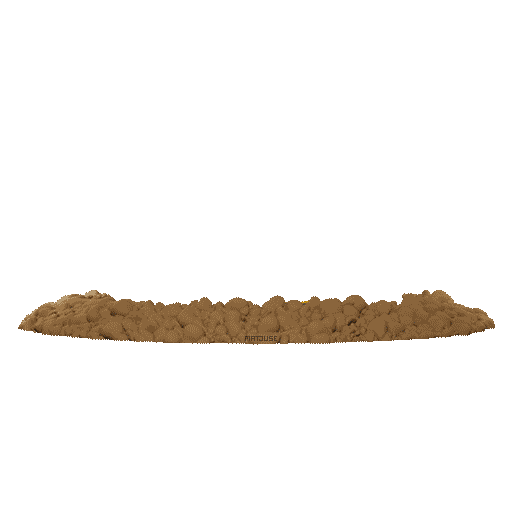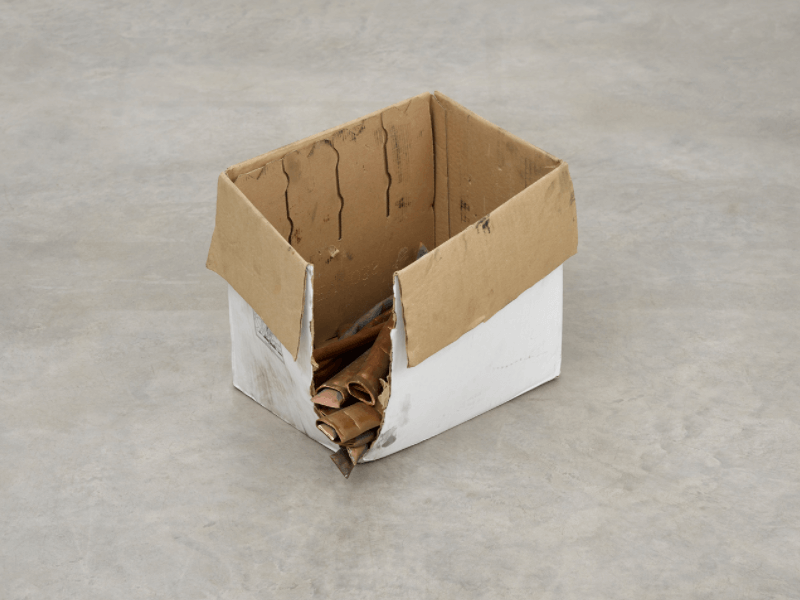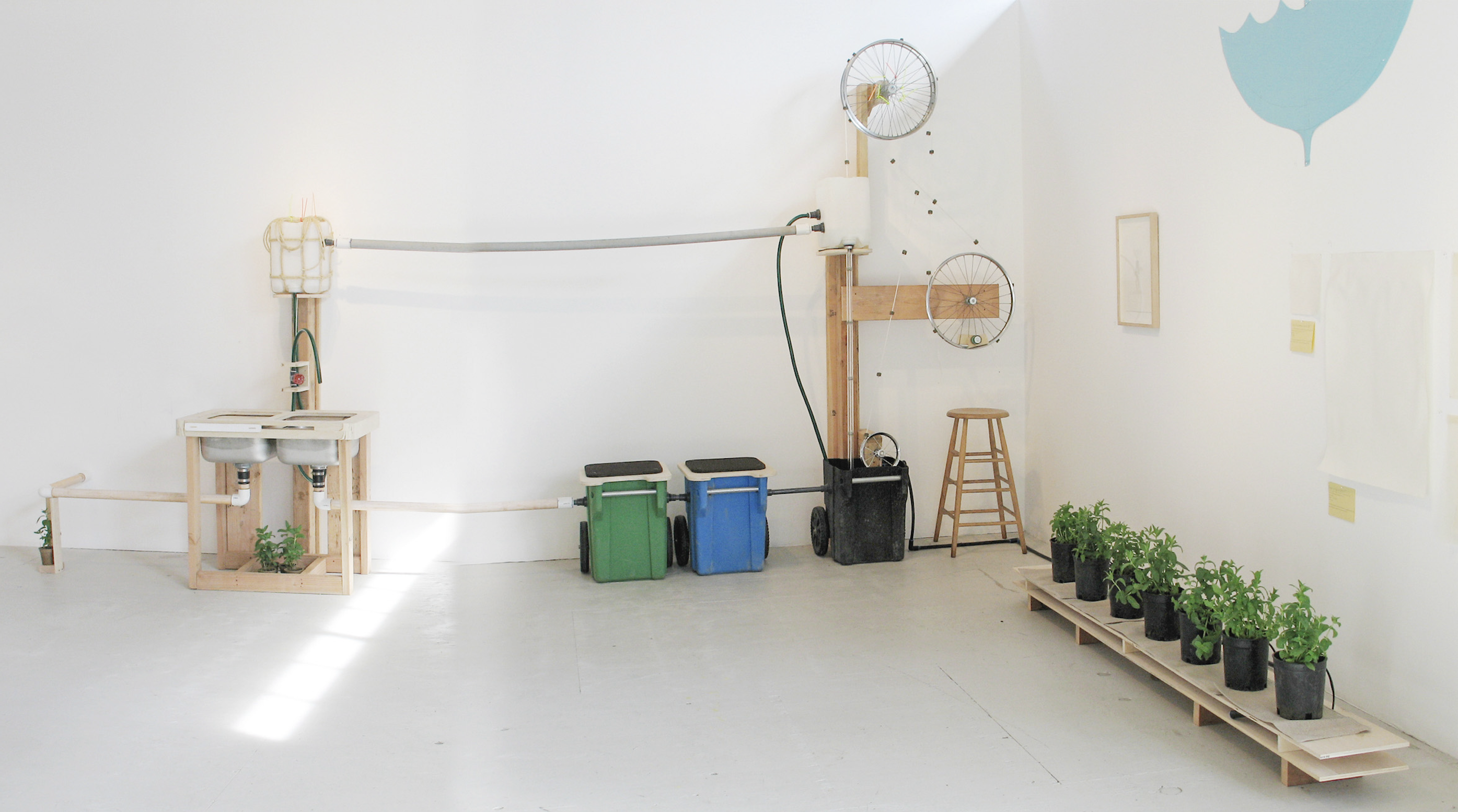OLD MATERIAL: NEW FORM
TO LOOT THE UNCLAIMED


The unfathomable amounts of excess created by wealthy capitalist countries creates an endless stream of redundancies which further the dire dynamics between the working and upper class. There is an extreme discrepancy between the mass amounts of unused surplus including abandoned infrastructure, cars, dumps, etc. and the people who are in dire need of those things. Bureaucracy limits our ability to distribute these resources without money or land ownership involved, and even when valuable amenities sit collecting dust, the use of them is criminalized and looked heavily down upon, rather than the people who own them. Just as luxury brands destroy their designer items as property rather than giving it away so they can maintain their opulent image and high prices, many who are wealthy would rather hoard and hide away their wealth, perhaps out of the fear of being seen collaborating with rather than being a “savior” for the working class.
To enter a multifaceted debate about reuse in a world where there is so much new content and material, means considering if is it a form of reuse if videos, monuments, or even time is reused? Reworking can be a radical way to not only remind people of the past but to challenge the idea of production as something that must be new. By directly taking and reformatting old ideas, objects, monuments, moments, or material, we can re-contextualize what already exists to recognize patterns throughout history. We accept change as a part of existence, but what happens when the change occurs to our favourite familiar objects?
Old Material: New Form will be held in a building which denotes a regular shifting. Props such as crates or moving appliances like a pallet jack or a hoist will be in the midst of the work, as to bring life to the warehouse stripped of its usability by leaving some remainder of what it once was. In a way, the space is being stolen from its regular use to become something different for the exhibition. By having the space also be in flux, it implies that everything in the gallery will eventually be ushered out of it. Inspired by Lenka Clayton’s work The Museum Collects Itself, where the detritus from the operations of the Mattress Factory Museum were collected in a gallery, where the usually invisible became not only visible but the protagonist of the work. To have this element of movement and aliveness would contribute to this, there will also be elements including free pens and post its which have the name of the exhibition printed on them, to keep the gallery alive after it has ended.
Exhibition Dates: June 15 - September 8, 2025
Hours:
Tuesday - Sunday: 11am - 6pm
Thursday: 11am - 9pm
Closed Mondays
Admission:
General: $18
Seniors/Students: $12
Members: Free

Cameron Rowland
Loot, 2013
Cut and dented copper tube, cardboard box
35.6 x 50.8 x 30.5 cm
14 x 20 x 12 in
This sculpture by Cameron Rowland utilizes found copper pipe taken from abandoned infrastructure to bring forth the movements of scrappers around the United States who scavenge for copper to sell from older buildings. The title of the work, Loot , questions the differences in terminology that we use for people who steal. Loot is often the most criminalized of words, often placed upon the poor and/or black and brown people, rather than theft or burglary, which may be seen as more “refined” than looting. Though the act is not harmful, and repurposes unused material, the act is still heavily criminalized and often people would rather see the copper pipes sit unused and untouched.
The Wind, Lenka Clayton, Philip Andrew Lewis
1 hour, 17 minutes
2024
The Wind is a film constructed from thousands of clips taken from hundreds of movies focusing on the force of the wind. By reutilizing older clips and placing them into a new narrative, there is a cycle of media which not only creates something new but reminds audiences of the past. There is a shared imagery throughout the short yet dense history of film, where we are able to witness a human fascination drawn from hundreds of sources. Showing that media can be repurposed without becoming overplayed or redundant, and that replicating directly from the archives has a contemplative effect which can only be achieved by re-witnessing the patterns within history.
Paraiso Artificial, Suwon Lee
2011
archival pigment print, various sizes
Suwon Lee’s photographic series Paraiso Artificial depicts multiple locations within Caracas, Venezuela as an artificial landscape with familiar landmarks and animals. Referencing nativities lost through colonialism, Lee creates these false plateaus as a rejection of the idea of paradise through a colonial lens; a beautiful land that can be “civilized” by European influence. Mimicking the invasive colonial architectures, imagery such as the Sphinx of Egypt or Jesus are placed within these landscapes, where they replace destroyed native people, species, culture, and history.
Under Siege, Mona Hatoum
1982
photographs, drawing, text
Under Siege is an early performance of Mona Hatoum referencing her parent’s homeland, Palestine. Covered in clay and trapped in a glass container, Hatoum tries to stand but keeps falling down in a continuous cycle, meanwhile leaving marks on the glass from her body and hands whilst trying to support herself. Revolutionary songs in Arabic, French, and English play, as well as news reports and statements directly from political reports of the situation in the Middle East. This representation of the artist’s struggle as a member of the Palestinian diaspora and the destruction that her people have faced, she reinterprets into this performance in which the viewer has been brought a struggle faced by hundreds of thousands of people who haven’t had their voice heard. Hatoum takes from her and many others experiences to present to an audience in a way where they can face a minute fraction of the suffering experienced by a country under occupation. This performance was also accompanied by a leaflet with the following statement by the artist: “As a Palestinian woman this work was my first attempt at making a statement about a persistent struggle to survive in a continuous state of siege. [...] As a person from the ‘Third World’, living in the West, existing on the margin of European society and alienated from my own [...] this action represented an act of separation [...] step- ping out of an acquired frame of reference and into a space which acted as a point of reconnection and reconciliation with my own background and the bloody history of my own people.”
Stolen Soap, Kate Pocrass
1998 - 2002
Stolen Soap is a collection of over 4 years, where she photographs stolen soap that she took from her friends, family, and loved-ones. Taking this intimate yet ephemeral item tests the boundaries of relationships and privacy. Rather than considering the material worth about the item, the audience considers how taking a personal item from a loved one is much more morally troubling than maybe stealing a item for sale by a large conglomerate. How do our notions about objects shift depending on their environment and attachements?
Have you seen my bird?, Rigo 23
1988 - 1989
Rigo 23’s (previously known as Rigo 98) collection of lost bird posters found throughout New York is shown as a reflection of those who posted them. Each poster contains their own unique displays of sentimentalism and design, and through installation these lost posters are revitalized and represent a collective expression of care and hopefulness. The curiosity of the artist is also seen through the dedication of collection and their desire to exhibit them to enrapture an audience the same way the artist originally was.
Street Works, Chris Sollars
2015-2021
In this long going series of works entitled Street Works, Chris Sollars accumulates objects off the streets of San Francisco and installs them in various ways. Many of the pieces explore conditions of living or how time operates on the street. Sollars is forgiven for collecting these materials as they are installed in a way that emphasizes aesthetic, but often those who live on the streets collect objects as well as exhibit them which then results in their detriment where they are criminalized for their use of public space.

Rainwater Harvester, Greywater Feedback Loop, Amy Franceschini
2007
Wood, steel, plastic, mint, rubber
18' x 12' x 3'
Rainwater Harvester/ Greywater Feedback Loop is a water saving system built out of salvaged materials, with details in mind to help serve a community. It stores rainwater and water used while waiting for hot water. The water is stored in the 3 small recycling bins which can also be used as benches to sit upon. The hand crank device on the right is used to pump stored water back to the sink to be used at a later time.The sink is equipped with a variable drain allowing you to decide to let your water run back into the storage units, into the greywater system to the garden or out to the city system. This structure formed out of found material equipped with many user friendly variables serves as a radical form of accessibility.

Fairy Rings (Energy Never Dies), Clare Rojas
2024
Oil on linen
31 1/2 × 25 3/5 × 2 2/5 in
Roja’s work depicts a natural phenomena known as a fairy rings, where mushrooms will grow in a circular growth pattern which occurs randomly or with certain species of mushroom. This phenomena has historically been associated with folklore such as fairies or elves, and the artist depicts this growth pattern here with trees which have been stripped of their branches, likely symbolic of human interventions such as global warming. The trees continue to grow in this mystical growth pattern, denoted by the (Energy Never Dies) in the title. Natural materials have always been used throughout human history, however it has become more and more to natures detriment. Stealing from nature has been accepted though it is alive and existing within a delicate balance that currently isn’t being maintained.